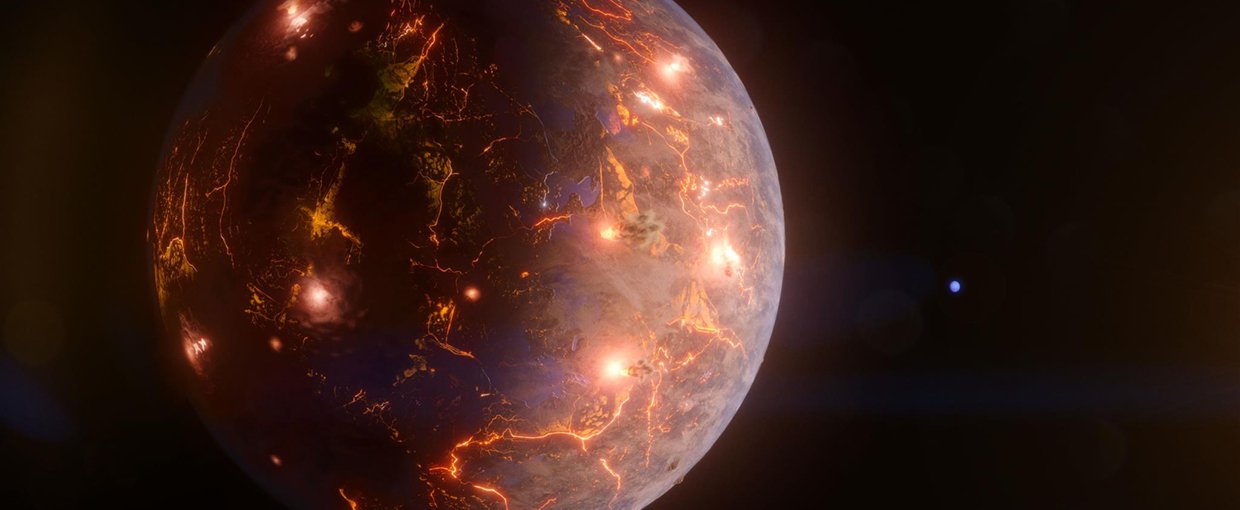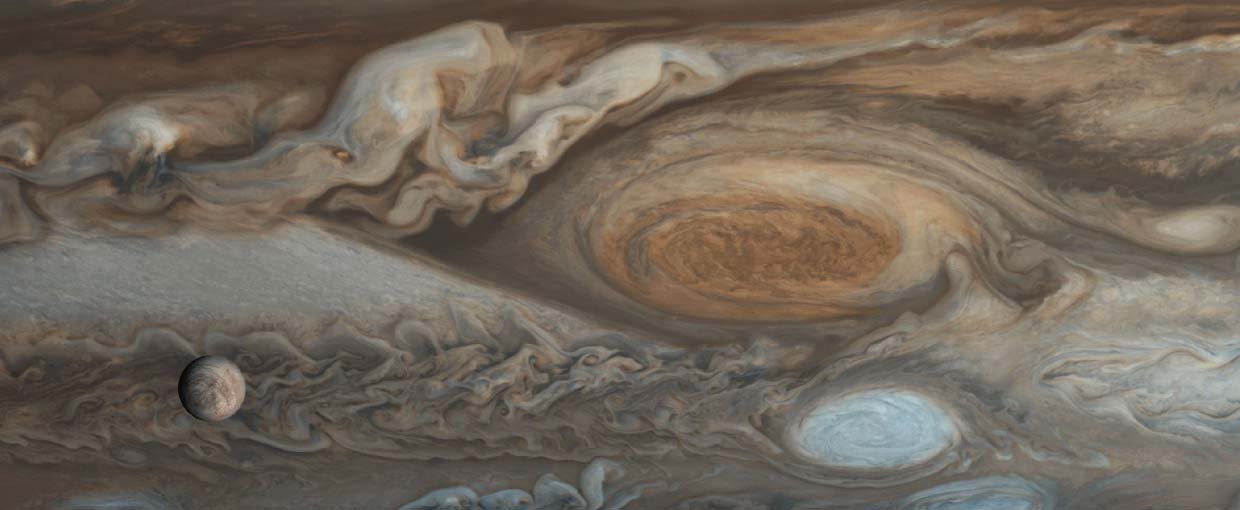Meierhenrich, U. J., Filippi, J-J., Meinert, C., Vierling, P., & Dworkin, J. P. (2010). Angewandte Chemie International Edition, 49(22), 3738–3750. doi:10.1002/anie.200905465
Mueller, K. E., Diefendorf, A. F., Freeman, K. H., & Eissenstat, D. M. (2010). Ecology Letters, 13(5), E1–E6. doi:10.1111/j.1461-0248.2010.01455.x
Mulder, D. W., Boyd, E. S., Sarma, R., Lange, R. K., Endrizzi, J. A., Broderick, J. B., & Peters, J. W. (2010). Nature, 465(7295), 248–251. doi:10.1038/nature08993
Radeva, Y. L., Mumma, M. J., Bonev, B. P., DiSanti, M. A., Villanueva, G. L., Magee-Sauer, K., … Gibb, E. L. (2010). Icarus, 206(2), 764–777. doi:10.1016/j.icarus.2009.09.014
Riehl, W. J., Krapivsky, P. L., Redner, S., & Segrè, D. (2010). PLoS Computational Biology, 6(4), e1000725. doi:10.1371/journal.pcbi.1000725
Rosing, M. T., Bird, D. K., Sleep, N. H., & Bjerrum, C. J. (2010). Nature, 464(7289), 744–747. doi:10.1038/nature08955
Sarma, R., Barney, B. M., Keable, S., Dean, D. R., Seefeldt, L. C., & Peters, J. W. (2010). Journal of Inorganic Biochemistry, 104(4), 385–389. doi:10.1016/j.jinorgbio.2009.11.009
Sohl, F., Choukroun, M., Kargel, J., Kimura, J., Pappalardo, R., Vance, S., & Zolotov, M. (2010). Space Sci Rev, 153(1-4), 485–510. doi:10.1007/s11214-010-9646-y
Stevenson, R., Kleyna, J., & Jewitt, D. (2010). The Astronomical Journal, 139(6), 2230–2240. doi:10.1088/0004-6256/139/6/2230
Zhang, C., & Duan, Z. (2010). Computers & Geosciences, 36(4), 569–572. doi:10.1016/j.cageo.2009.05.008



